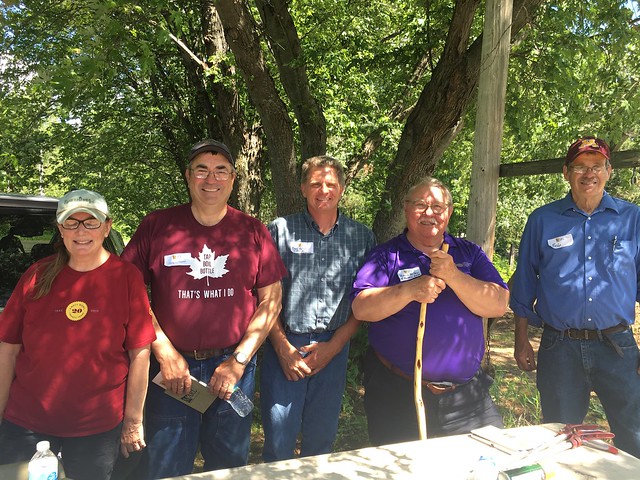
Today MARL Class X and their significant others/partners met in Duluth at the Hoffbauer Farm, home of Doug (Class VI) and his wife, Lois, which they have been working and living on for over 40 years. The Hoffbauer Farm is not what most would consider a typical farm. What started out as a vegetable and Christmas tree farm has morphed into a value-added and lower labor intensive farm, which allows for access to new markets and time off the farm. In Doug’s welcome he explained how they have expanded from chickens and vegetables to Christmas trees, maple syrup, peonies and value-added products. With this new transition Doug has also transitioned himself into being the go to person for the local media. He spoke of how farmers need to make the media welcome on their farms so that their farm is the media’s farm. With so many generations removed from the farm you need to invite them to your farm and help them understand what is involved in what you do; that farming is hard, dirty work that is all to often taken for granted, and that we need to be the ones telling the story.
After Doug and Lois’ welcome, we were joined by a group of agriculture professionals to take a closer look at different issues and production systems of the farm in small groups. Troy Salzer, an Ag Productions System Extension Educator spoke about the size of farms in this area, with 96% being less than 500 acres, the stiff competition for farm laborers as there are good paying jobs with health care in the city, and that farmers are leaving farming for these health benefits and higher wages on the range. He spoke about how the soil makes for unique farming in that the pH is very low, the phosphorus levels are high, and the potassium levels are also low. To deal with the low pH elders have told him that they put wood ash on their gardens which improved productivity, and the U of M has done research projects on the use of wood ash to raise pH in the area, a program they have worked on since 1991. Wolf depredation is also an issue here and many livestock as well as dogs have been killed. There were 314 indemnity claims in northern Minnesota last year that were verified by a certified trapper or DNR officer and paid out. Livestock kills without a carcass or proof are not eligible for indemnity payments.
Bruce Miller, Director of Membership for Minnesota Farmers Union addressed the issue of agritourism and farm liability. Minnesota Statute 604A.40(2016) when posted on a farm provides protection for farmers in stating that visitors are on a working farm which has inherent risks, of which you accept. Of course all farms that have agritourism should talk with their insurance agent to ensure that they have sufficient liability insurance, but it is another layer of protection for farmers. Local foods is also a growing trend in Minnesota in which restaurants buy directly from the farmer and create dishes that utilize local products. Minnesota Cooks is one such program that connects farmers and chefs and highlights these partnership at on the first Sunday of the Minnesota State Fair during Minnesota Cooks Day.
Bob Olen, a Horticulture Extension Educator took us on a tour of the different specialty crops that are being grown on the farm. We learned that growing in a northern climate is tough as the soil takes so much longer to heat up in the spring so farmers have to take every advantage possible. On the Hoffbauer farm this includes planting into black plastic, high tunnels, winter hardy plants and covering plants to prevent against frost damage. He talked about how farmers need to know their margins, that consumers are willing to pay for a quality product, and that you have to tailor your crops to your climate. He also spoke of the lack of a migrant work force and the challenge agriculture faces in competing for workers in an area that has major industry and that pay high wages. In a high tunnel we learned the difference between determinant and indeterminant tomatoes, that both have pro’s and con’s but we also now know the key to identify which is which, and outside of it saw the bee hives on top of a container to keep the bears away.
Doug focused on the maple syrup business, Christmas trees and how Minnesota Grown has been a huge help in marketing the farm. Last year they harvested 110 gallons of maple syrup from about 500 trees and spoke about how diversifying his farm has led to 43% of sales not being tree sales. Growing Christmas trees in zone 3 can be a bit difficult and they have lost trees due to extremely cold winters. They have 60 acres of trees and are planting more trees into their old vegetable garden as they have moved away from farming vegetables. added to that is an investment of 10 years until a tree is harvested, during which time consumer trends change but those trees are still going to keep on growing whether consumers want them or not. Predicting and planning can be hard, so investing in different varieties and limiting stock help to keep demand and prices high.
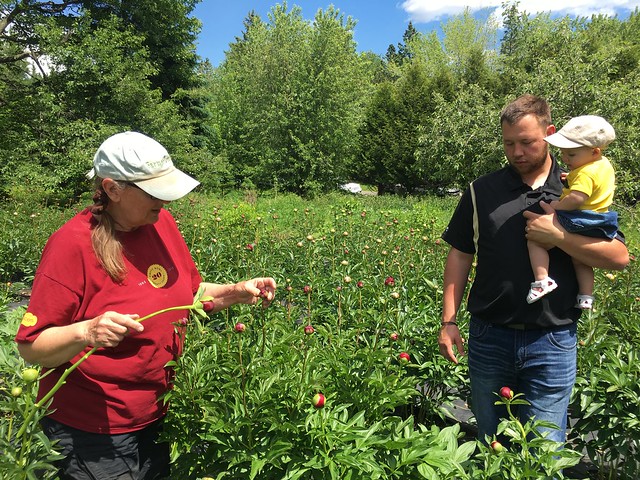
Lois taught us how she has brought value added products to the farm. They have started a pick your own pumpkin patch on the farm, and at the same time customers buy a pumpkin they can pick out their Christmas trees. She uses birch bark to create different crafts that she sells at the farmers market, transforms maple syrup into candies with a huge profit margin, and grows peonies for wholesale markets. We learned that once a peony flower feels like a marshmallow, it is ready to be harvested and if stored properly will hold for up to 6 week and will bloom when taken out of cold storage and put in warm water. Her passion for value-add has allowed them to work less and have more time off, but to also increase their agritourism and educate consumers on their farm practices and to really get to know their farmer.
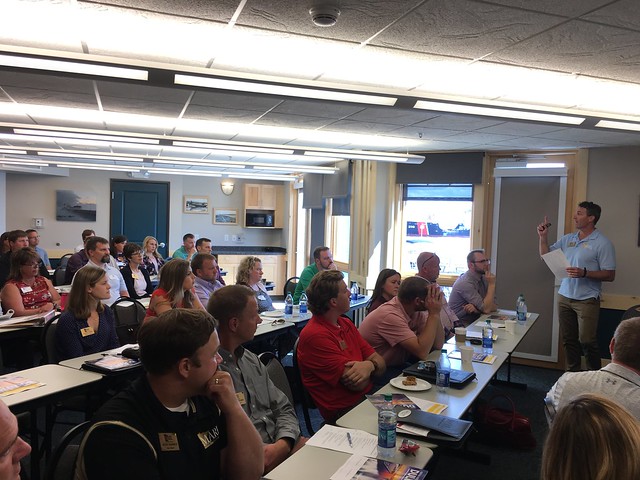
After the fantastic farm tour we traveled to the hotel for the afternoon session and to learn about our new program leader, as this was our first seminar without Eriks Dunens. He departed as our MARL program leader back in April at our Crookston seminar, as he and his wife Elizabeth moved to Philadelphia for her doctoral studies. Eriks is truly missed and we send our best wished to him and Elizabeth. Our new fearless leader is Toby Spanier. Toby has been in Extension for over 20 years and his ag roots run deep to his family’s dairy farm between Belgrade and Sauk Centre, where his father was a successful dairyman and his mother still lives. After college he spent 2 years in the Peace Corps volunteering in Honduras in soil conservation. He later got his masters degree in Leadership & Civic Engagement which essentially equates to community development. He and his wife, who was also a Peace Corps volunteer, have 4 daughters. His passions are fitness, sports, the outdoors, leadership, travel, international leadership development. We then did an activity where we shared where we are from and our connection to MARL. It was a good refresher of the Class X members and their spouses, and we learned a few things about each other that we hadn’t known. From all accounts it sounds as though he’s ready to take Class X on our international trip, wherever that may be, so welcome to MARL Toby!
After Toby’s introduction, we spent the afternoon talking about an issue that many of us try to avoid, or some come at fearlessly, which is conflict. The session Navigating Conflict in Today’s World is timely and relevant for many of us, as everyone has or has had conflict in their life. It’s unavoidable and for some a daily occurrence, whether that be in our work lives or our personal lives. Conflict is hard as we each react differently to it and have different ways of managing and responding to conflict. It turns out that conflict affects the way our brains work, and that when our amygdala sense conflict, it can take over and create an “amagdala hijack.” This is the body’s physical reaction to conflict, which may include anger, pumping heart, getting worked up or feeling stressed out. After learning a bit more about conflict, we took the Thomas-Kilmann Conflict Mode Instrument to better understand which of the five conflict-handling modes we utilized the most and the least, and how knowing this can help us better handle conflict. In groups of like modes we discussed how we handled conflict, the benefits of how we handled conflict and the downfalls of our ways. The five modes are competing, collaborating, compromising, avoiding and accommodating. As an avoider, we talked about how we will avoid a conflict in the hopes that it goes away, but if and when it doesn’t we try to keep avoiding it, which then can lead to an ever bigger conflict down the road. Each group went through this exercise and then shared back with the group. All the significant others in attendance participated and took the instrument so it was fun to see which group they and their partner were in. It was a good time to really analyze our response and think about how we can improve our response to better manage the conflict, and in the case of the avoiders, not bury our heads in the sand wishing it to go away.
After completing the session on conflict, we talked for a bit about the upcoming MARL auction. We have quite a few ideas and are excited to get planning. Finally, to finish the day we all went out to dinner. We were staying at the Park Point Marina Inn which is just a short walk to Canal Park over the lift bridge. There were lots of options for food and drinks in Canal Park and the evening was a great end to an interesting day.
Written by Michelle Medina
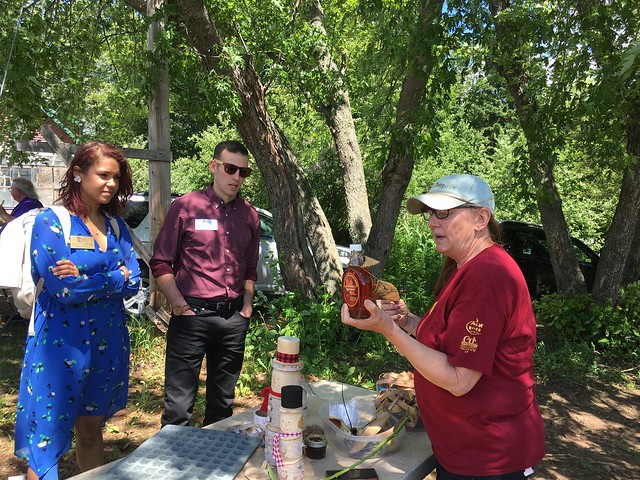
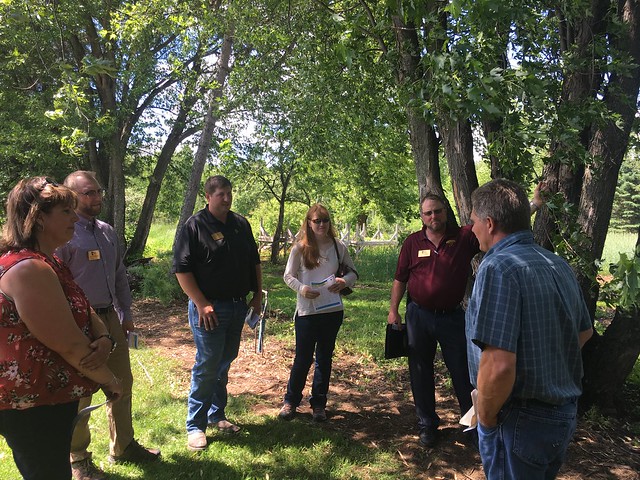
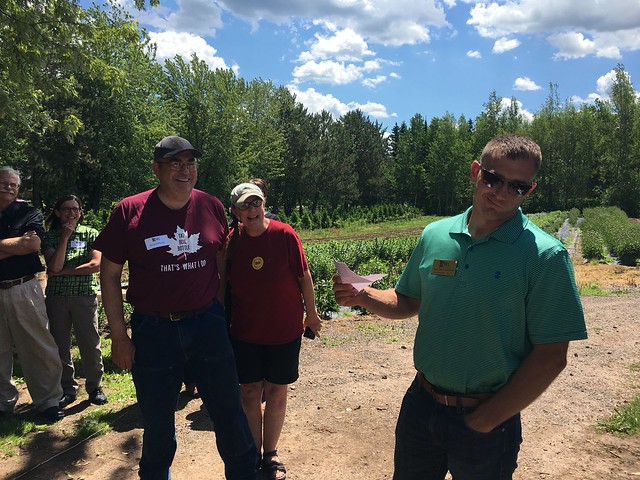
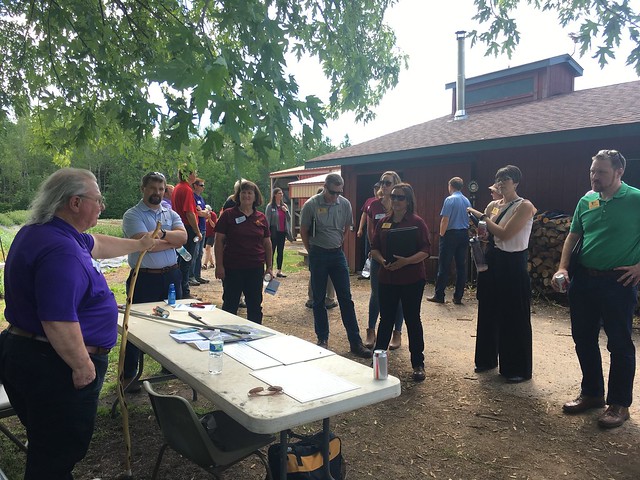
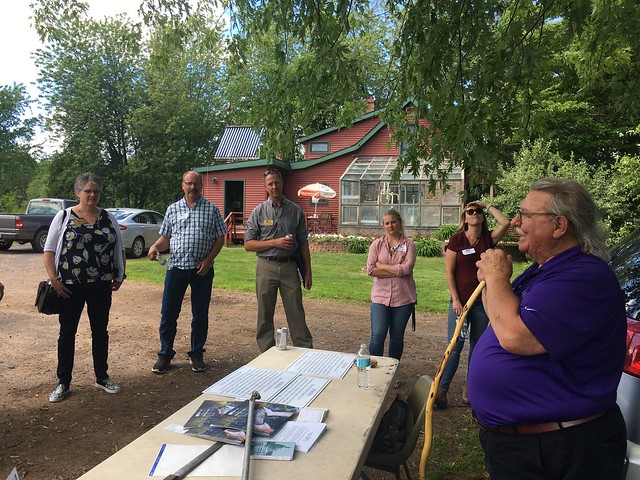
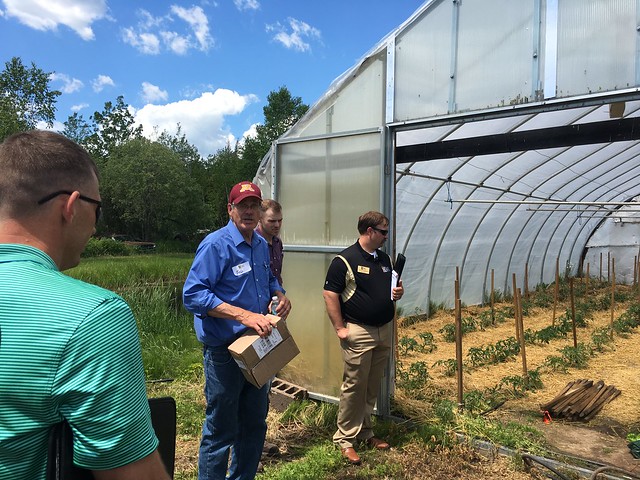
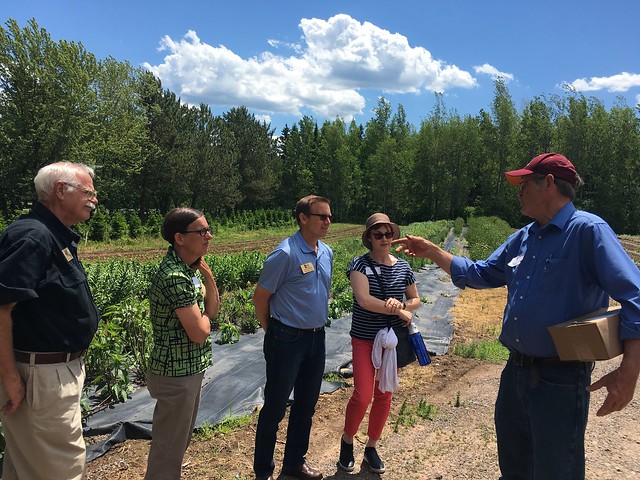
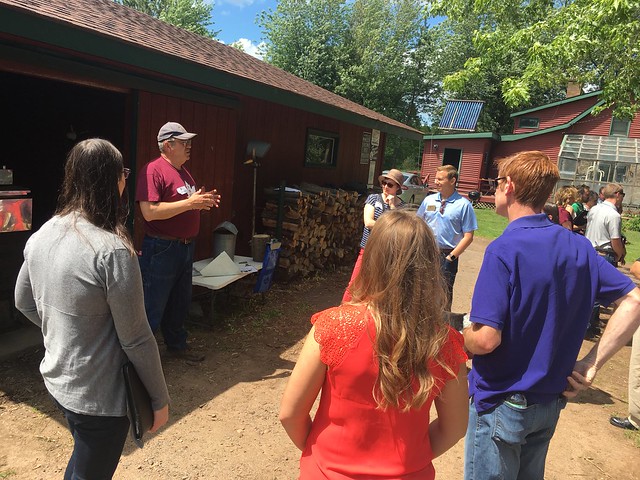
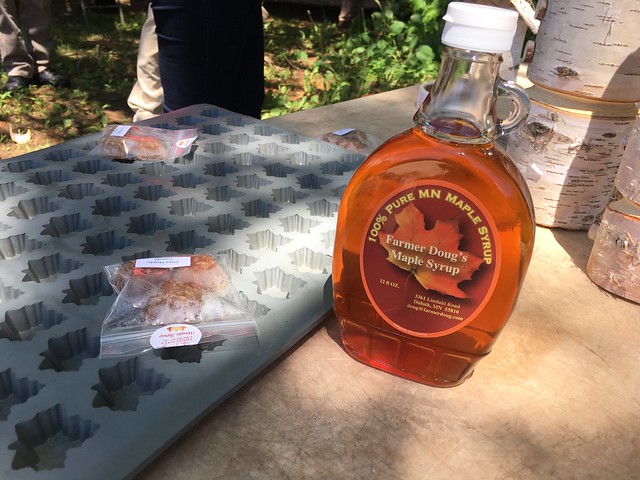
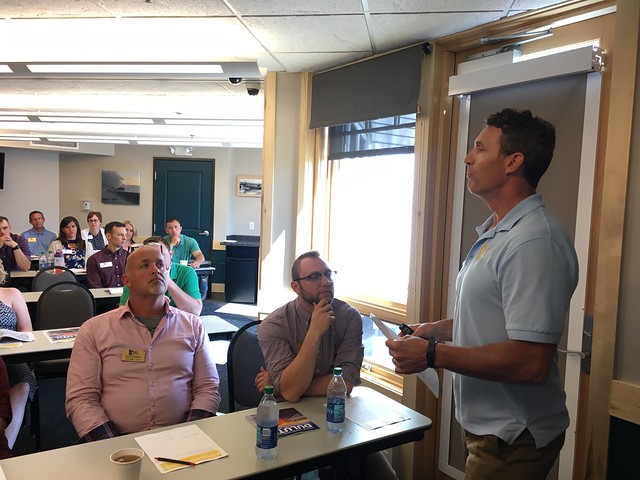
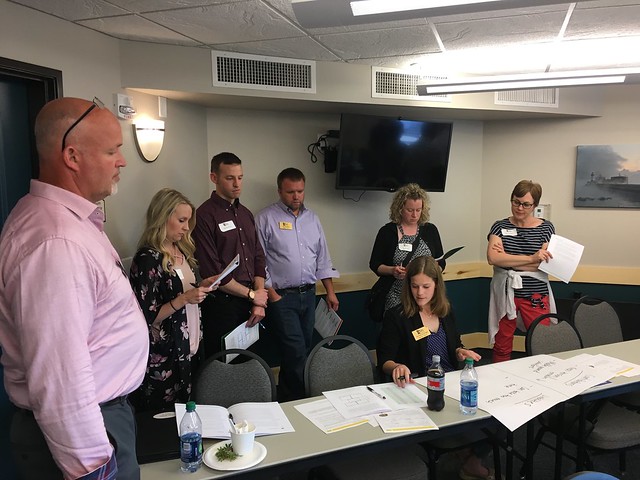

Comments